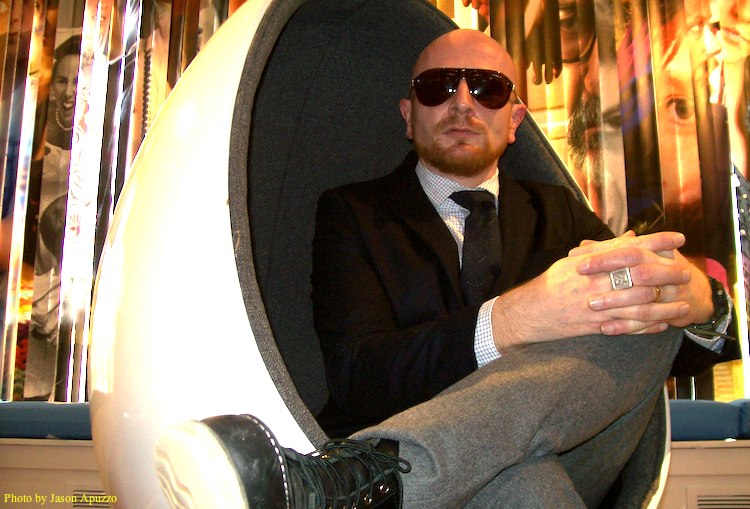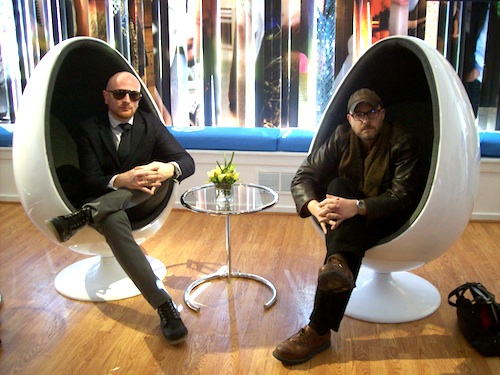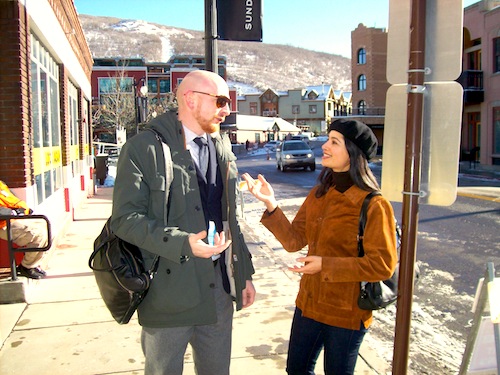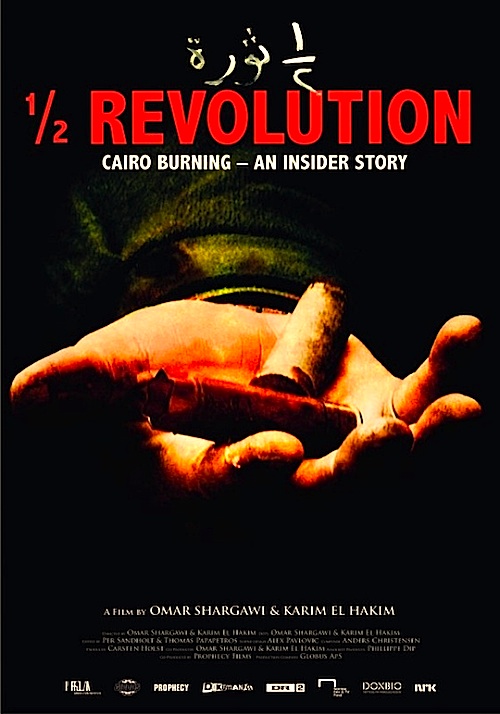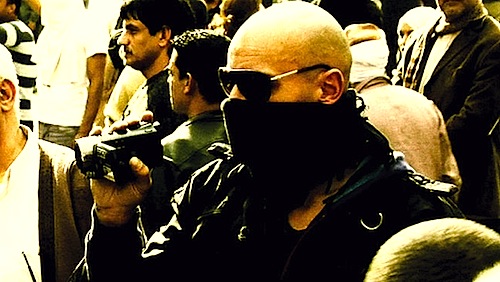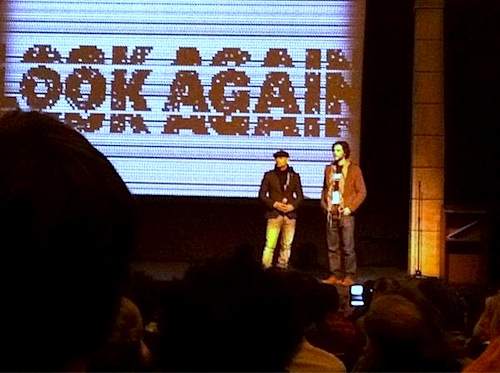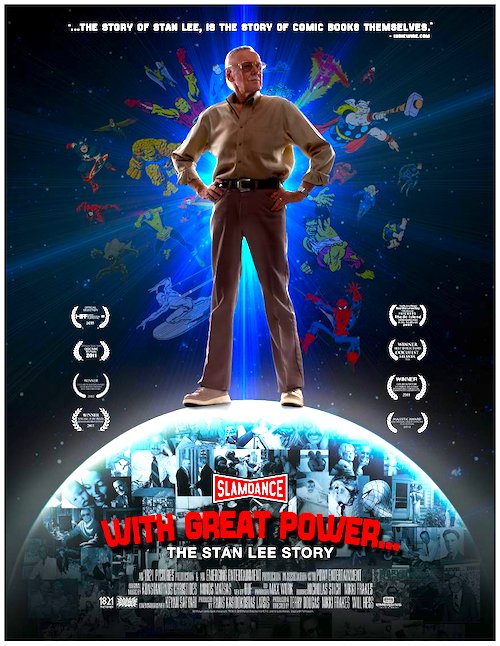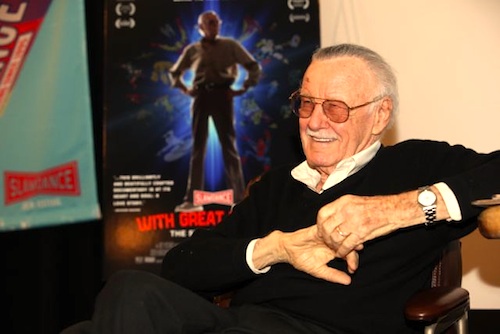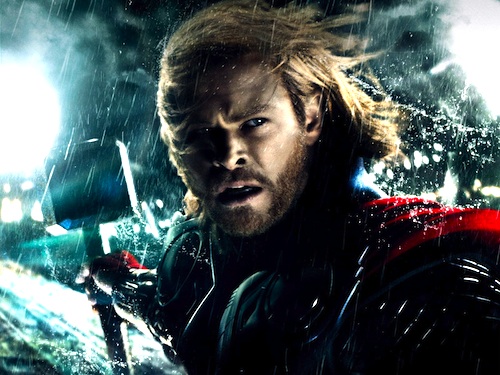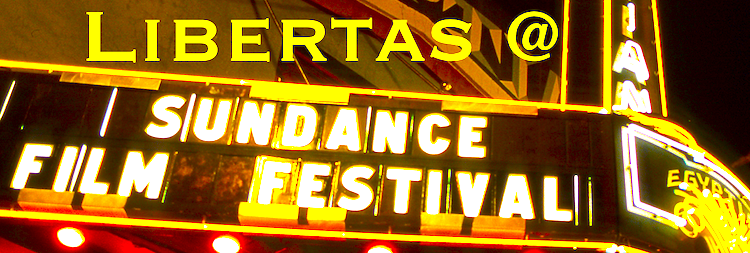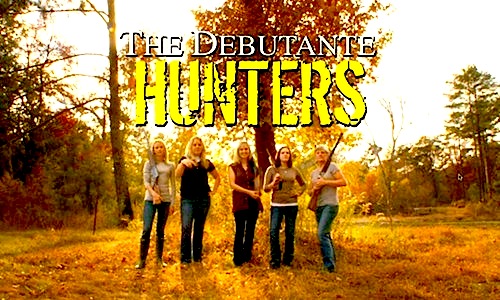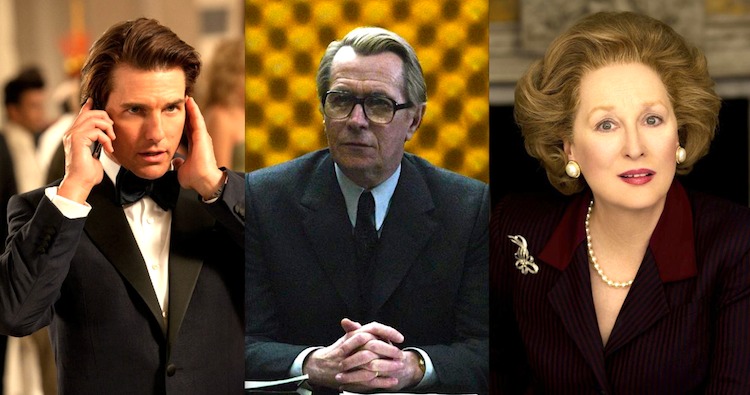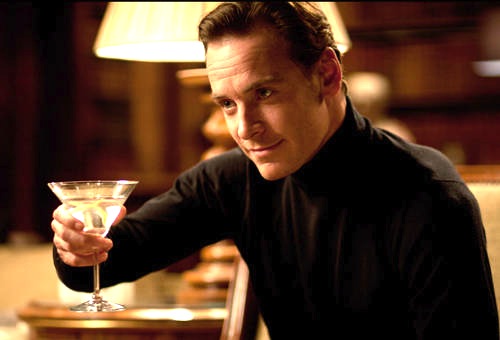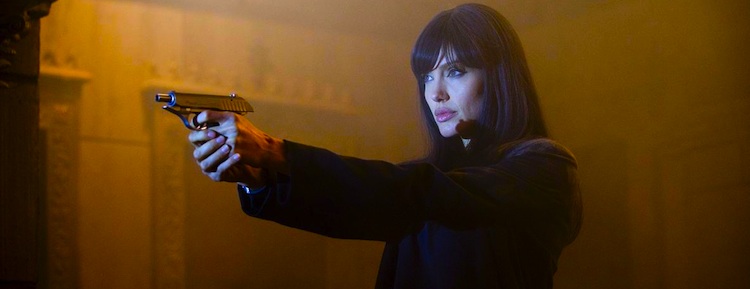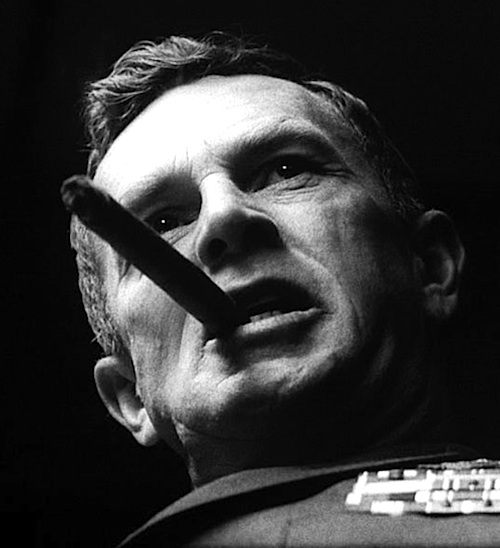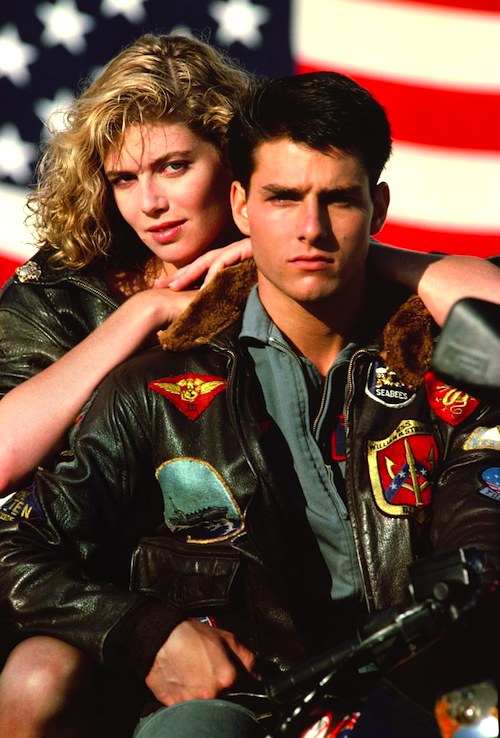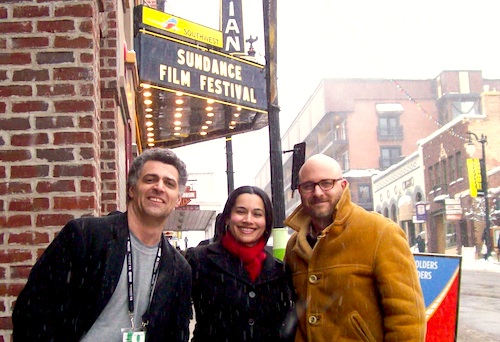
By Govindini Murty. Sundance sets the tone for the entire film industry in North America. Its spirit of supporting creativity, talent, and scrappy innovation is one we heartily applaud here at Libertas. We also applaud the fact that in recent years Sundance has become a home to so many pro-freedom films. To name just a few, these have included Mads Brügger’s daring expose of North Korean Communism The Red Chapel (2010), Chris Morris’ brilliant satire of Islamic terrorism Four Lions (2010), and Lee Tamahori’s intense anti-Saddam Hussein thriller The Devil’s Double (2011).
The 2012 Sundance Film Festival continued this tradition. Pro-freedom films screened at the festival included: Ai Weiwei: Never Sorry, about dissident Chinese artist Ai Weiwei’s efforts to expose the brutality of the Communist Chinese government; The Other Dream Team, about the Lithuanian basketball team and their struggle to overcome Soviet influence; Putin’s Kiss, about the turn toward authoritarianism amongst the Nashi youth movement in Putin’s Russia; and Mads Brügger’s The Ambassador, a witty and politically-incorrect expose of corruption in central Africa. There were also a host of entertaining and well-made narrative dramas and comedies this year. A few we at Libertas enjoyed included The Raid, Grabbers, and Shadow Dancer.
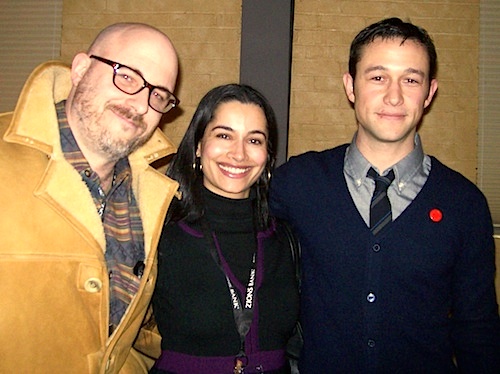
Jason and I arrived at Sundance on Monday, January 23rd. Libertas super-contributor Joe Bendel had already been at the festival since opening night on January 19th, and had managed to fit in an astounding number of films that first weekend. Because we admire the Zen warrior-monk focus Joe brings to writing movie reviews, the first thing we did when we arrived in Park City was meet up with Joe on Main Street – the central artery through which all things Sundance flow. Snow flakes were falling and the lights were twinkling on the picturesque street as we all met up in front of the famed Egyptian Theatre.
Slipping and sliding through the snow and invigorated by the air of good cheer around us, we headed with Joe down the street through the crush of festival goers and filmmakers to plan our film-going strategy. With approximately 180 films showing at Sundance, many playing simultaneously in multiple venues, careful coordination is integral to having a successful Sundance experience. As we hurried down Main Street, we ran into Paul Giamatti (looking avuncular with a fuzzy beard), and Jason spotted Kate Bosworth (there promoting her thriller Black Rock). Jason wanted to ask her whether she did her own surfing in Blue Crush, then thought better of it.
The first Sundance film we had scheduled for that night was an 11:45pm screening of Grabbers – a campy, sci-fi Irish alien-invasion movie. Sundance’s Park City at Midnight screenings are where the festival shows its genre films, and the raucous crowds that attend these screenings often provide a lively show of their own. The screening of Grabbers was great fun, with the mostly drunken crowd hooting and hollering throughout the screening, and we agreed the film had a good chance at getting distribution. In fact, Jason spotted some distribution execs he recognized walking into the theater. We would have stayed for the Q & A with the filmmakers, but it was 2:00am and we were scheduled to attend the coffee chat with Stan Lee at 9:00 the next morning. This was something we would have to get used to at Sundance: sleep deprivation.

Tuesday, January 24th’s highlights were most definitely Slamdance’s two-hour coffee chat with Stan Lee in the morning, followed by the screening of his film With Great Power: The Stan Lee Story that afternoon. Slamdance is the fun, ‘alternative’ festival to Sundance, and is really worth a visit. Jason has already described this wonderful event with Stan Lee in detail, but let me just add how charming, witty, and delightful Stan is in person. He was truly gracious when we met him, with a big smile on his face and a roguish twinkle in his eye. We bonded with him over our mutual love of classic film and all things Errol Flynn, and had fun asking him questions about his work and inspiration during the course of the two-hour master class/coffee chat. We would have loved for Joe to have attended this event with us, but Joe was scheduled to leave Sundance Tuesday morning for New York, so we bid him adieu the night before. Continue reading LFM’s Sundance Diary & Final Thoughts on the Festival
